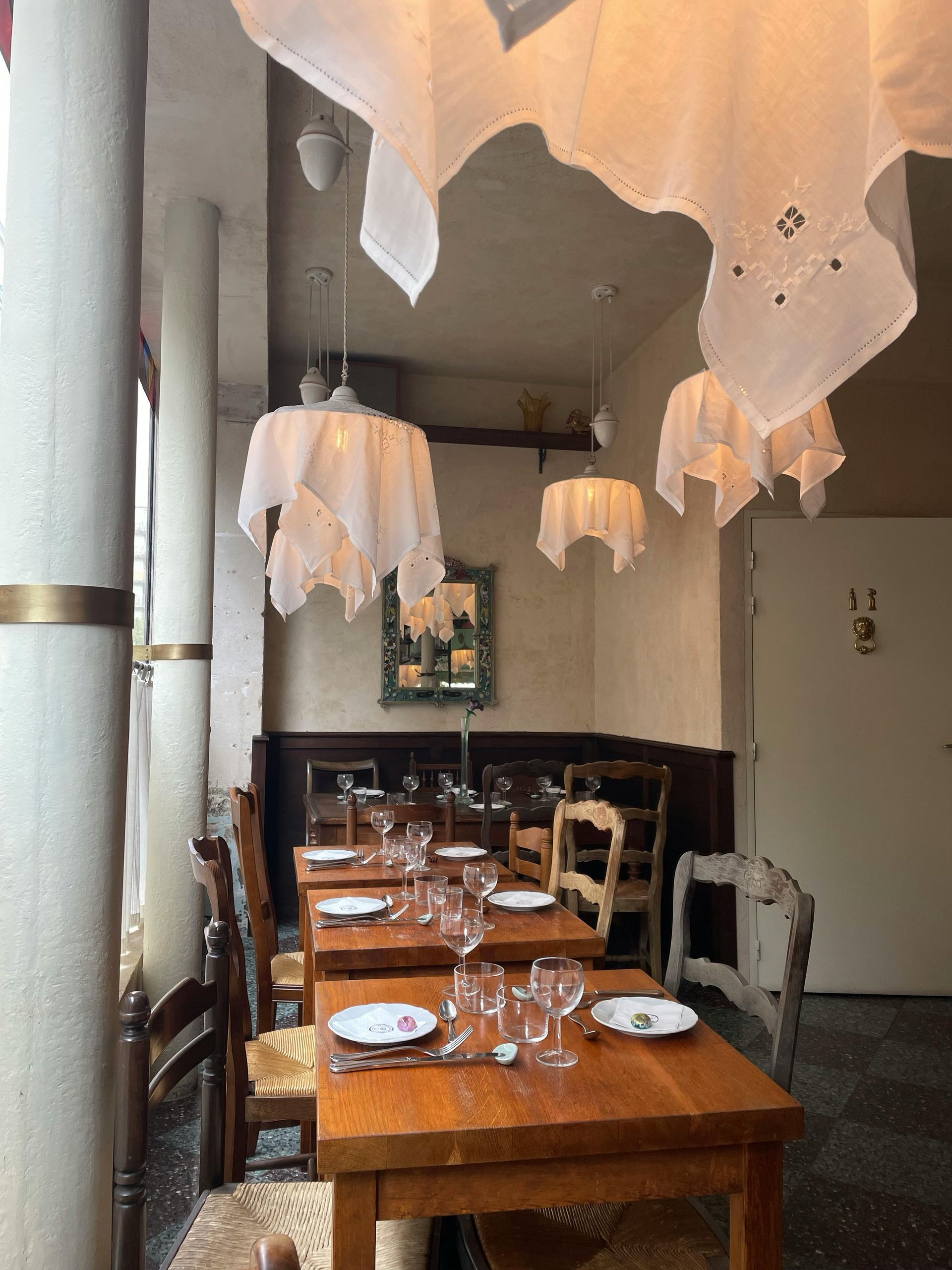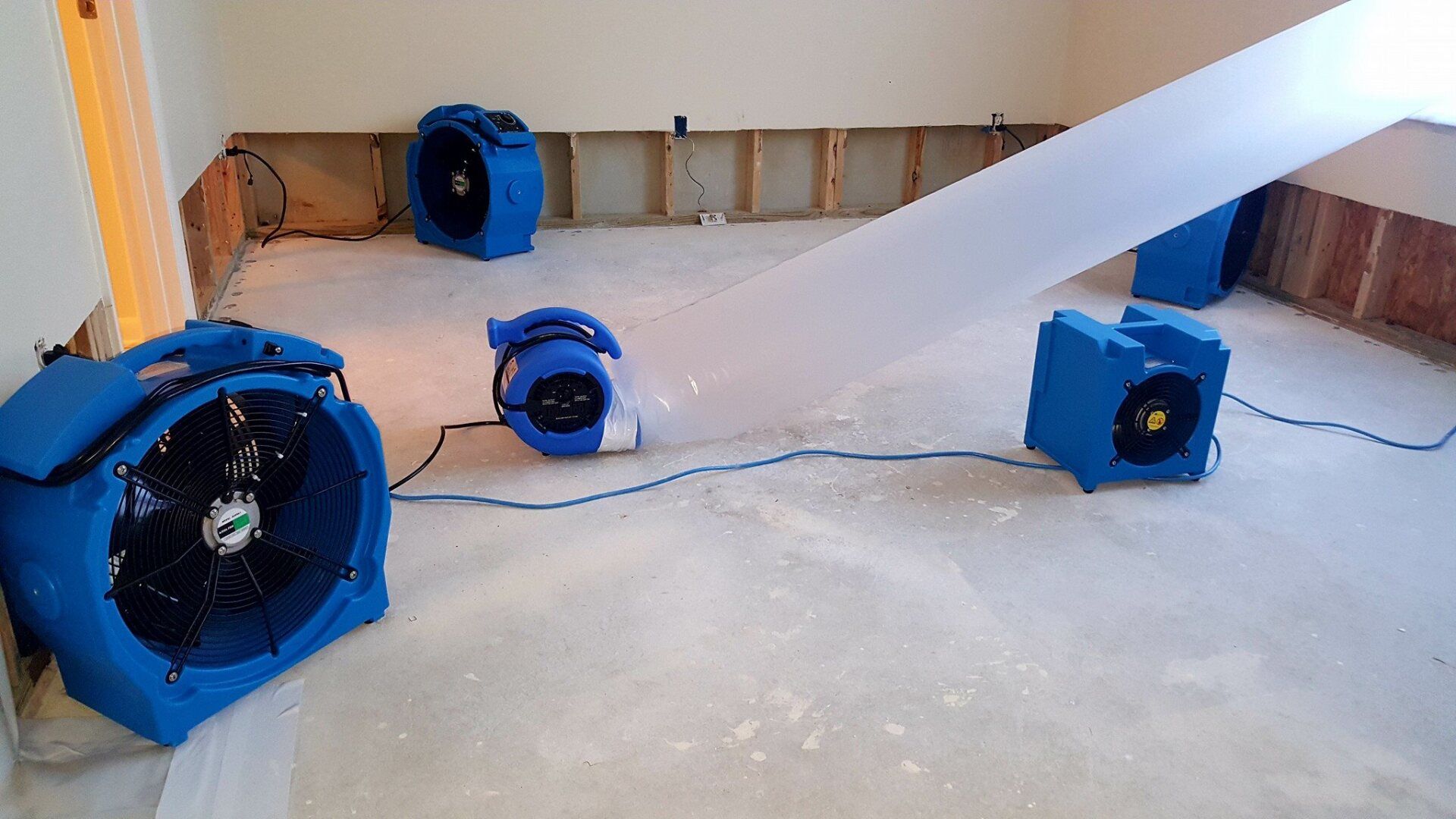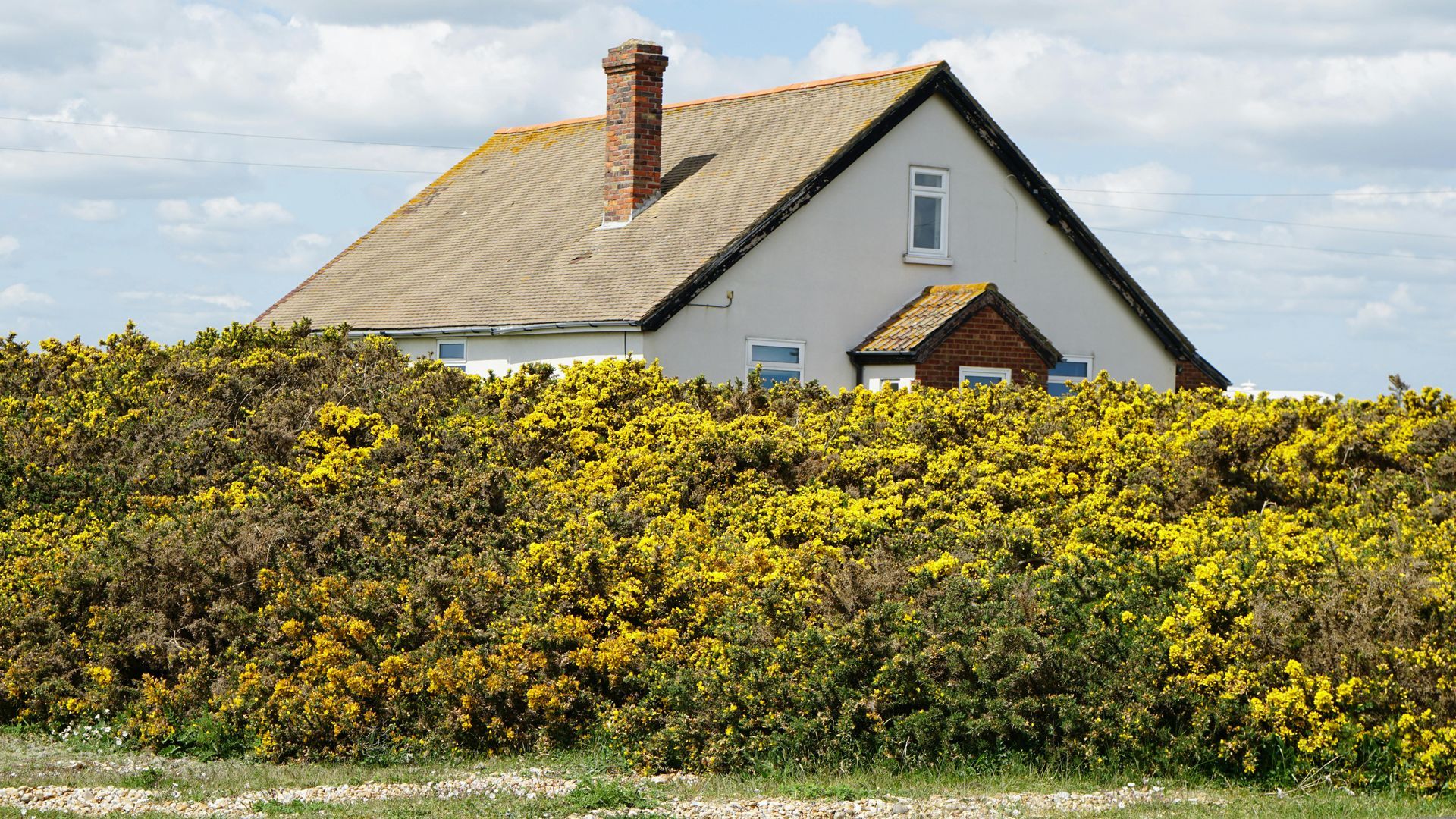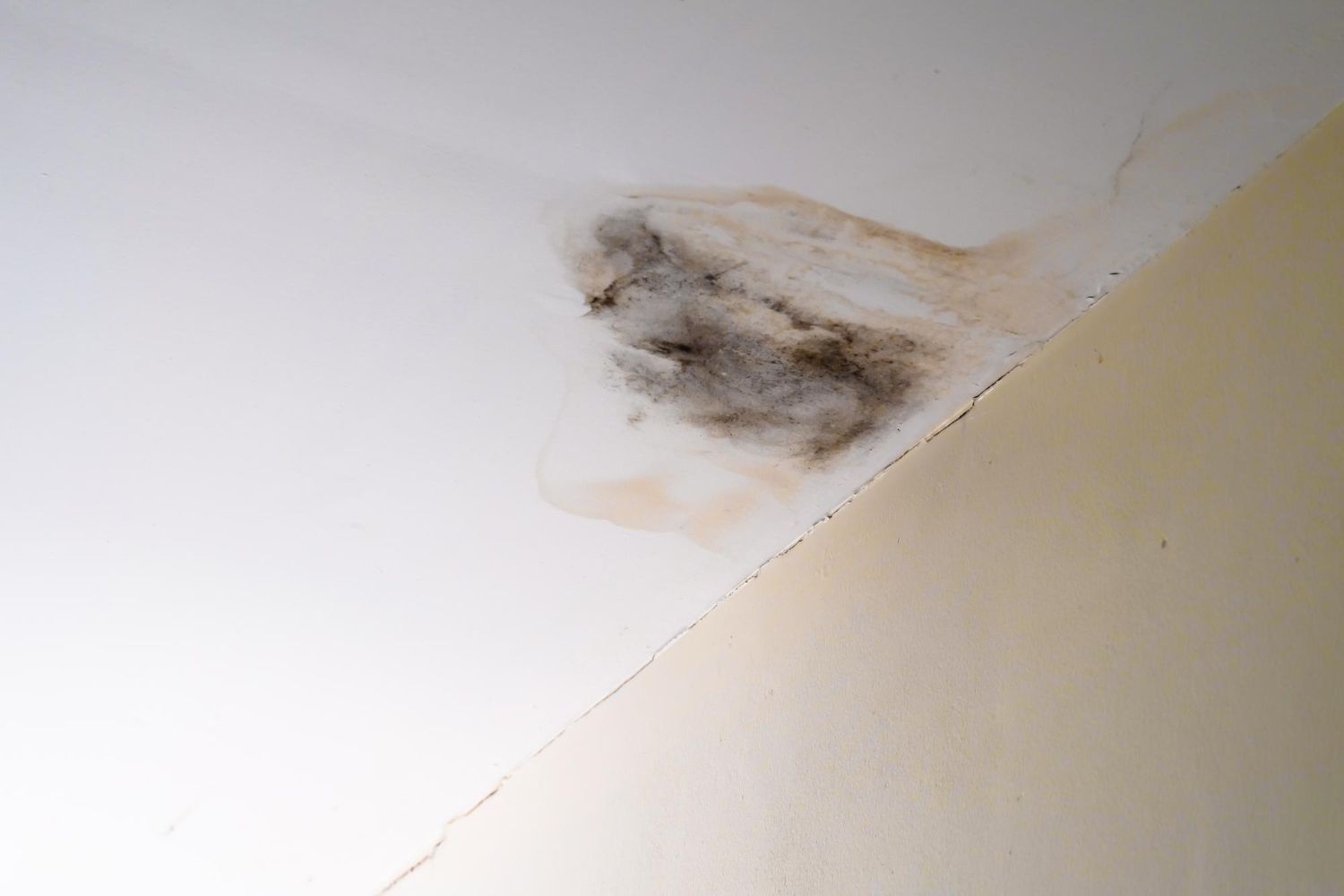Living in Greenwood, IN, you know the charm of warm, humid summers. The region’s lush greenery and vibrant wildlife are delightful, but with the lovely humidity comes a hidden challenge: mold. Those sticky summer days can make your home a perfect petri dish. Mold loves the moisture that hangs in the air, waiting eagerly to settle on any surface. If you're not careful, it can sneak in and cause loads of stress. But don't worry, you're not alone in facing this challenge. Many homes in high-humidity areas battle mold too. Let's explore how to tackle this unwelcome visitor with simple, natural solutions.
When the humidity rises, mold isn’t far behind, creating potential headaches for you and your family. It can lurk in corners, thrive in damp spots, and even damage the structure of your house. Besides, it's not the kind of guest you want hanging around. Mold growth can degrade indoor air quality, lead to health concerns, and devalue your property. Since mold prevention becomes vital, understanding the reasons behind its growth and learning effective natural prevention methods can help keep your home safe and cozy.
Understanding Mold and Humidity
Mold and moisture are like best friends; they thrive when together. Mold spores are naturally present in the air and when they find a wet or damp spot, they settle down. In high-humidity areas like Greenwood, this combination is all too common. Even if it seems like mold suddenly appears out of nowhere, it's usually been building up over time. Recognizing the signs early can help tackle the problem before it gets out of hand.
So, how does mold thrive when the air is moist? Here’s what you need to know:
- Moisture Magnets: Bathrooms, basements, and attics often harbor more moisture than other areas, making them prime mold hotspots. Keep an eye on these spaces, especially after rainy days or during hot, sticky weather.
- Stale Air: Mold thrives in places where the air doesn’t circulate well. Closets, closed rooms, and storage areas are more susceptible. If there’s no airflow, mold spores settle and multiply faster.
- Visible Clues: You might notice black or green spots on walls, corners, or ceilings. These patches are the tip of the iceberg and can indicate a broader mold problem lying beneath the surface.
By understanding how mold and moisture interact, you can take proactive steps to prevent problems before they start. Next, we’ll explore some natural methods to keep your home mold-free, helping you reclaim your space and put your worries to rest.
Effective Natural Methods to Prevent Mold Growth
Managing indoor air quality is essential for mold prevention. One of the simplest yet most effective ways to combat mold is by improving ventilation. Good airflow helps reduce moisture build-up. This can be easily achieved by frequently opening windows to allow fresh air to circulate through your home. Use exhaust fans in areas like the kitchen and bathroom where steam and humidity are prevalent. Dehumidifiers play a crucial role in removing excess moisture. Placing them in damp areas like basements or laundry rooms can significantly reduce the potential for mold growth.
Another practical step is to incorporate moisture-absorbing materials around your home. Materials like silica gel, activated charcoal, and baking soda are highly effective at pulling moisture from the air. Consider placing small dishes of baking soda in closets, under sinks, or in other enclosed spaces where air movement is limited. These natural absorbers work quietly to help keep your environment dry.
Houseplants can also serve as a line of defense. Mold-resistant plants like peace lilies and Boston ferns not only spruce up your décor but also help in reducing humidity levels. These plants naturally absorb moisture and purify the air, allowing you to enjoy cleaner indoor air while keeping mold at bay.
Regular Cleaning and Maintenance
Keeping your home clean and dry goes a long way in preventing mold. Regular cleaning routines should include wiping down surfaces that frequently get wet, such as kitchen counters and bathroom tiles. Using natural solutions like vinegar and baking soda can be effective for scrubbing away dirt while reducing the potential for mold. These substances are gentle yet efficient, without introducing harsh chemicals into your living spaces.
Furthermore, it's wise to stay vigilant about inspecting your home for any signs of moisture problems. Leaky faucets, dripping pipes, or pooling water should be addressed promptly. Conduct routine checks of areas that are prone to dampness. Fixing a leaky pipe or repairing seals around windows before issues escalate can prevent major mold outbreaks.
Being proactive about cleaning and maintenance ensures that your living space remains safe and welcoming, free from the troubles that mold can cause.
When to Seek Professional Help
Sometimes mold problems can grow beyond easy home remedies. If extensive mold is discovered, or if simple prevention methods don't seem to make a difference, it might be time to call in professionals. Recognizing when mold is becoming a significant issue is key to avoiding long-term consequences. Unexplained musty odors or persistent allergy symptoms can indicate that unseen mold is present.
Professional services have the expertise to assess the extent of mold intrusion and apply appropriate remediation techniques. They possess specialized equipment and methods to tackle mold thoroughly, reducing the health risks and future recurrence. Prompt action from experts ensures that your home remains strong and your family stays healthy.
Keeping Your Greenwood Home Healthy and Mold-Free
Preventing mold is not just about following standard cleaning practices; it's about adopting a lifestyle that reduces dampness and encourages a healthy environment. By promoting proper ventilation, using moisture-absorbing materials, and maintaining cleanliness, you create a home that's vigilant against mold. Taking these steps secures not only your property but your peace of mind as well.
A mold-free home means fewer health concerns and more comfort for everyone inside. Although some mold challenges might seem difficult, knowing when to step back and seek professional help ensures you have a strong defense ready to protect your sanctuary. Your home in Greenwood can be both a charming and safe haven, overcoming the challenges that humidity presents.
Don't let mold take over your home and compromise your comfort. For effective and professional assistance, explore our mold remediation services at Faulkner Restoration. Our team in Greenwood has the expertise to handle extensive mold problems and safeguard your living area from health risks and damage. Take control of your home's wellness and enjoy a stress-free environment.
Contact Faulkner Restoration Today!
Faulkner Restoration will do everything we can to ensure your experience with us is excellent.
Request A FREE Estimate
Request a Free Estimate Form
Checkout Recent Post





